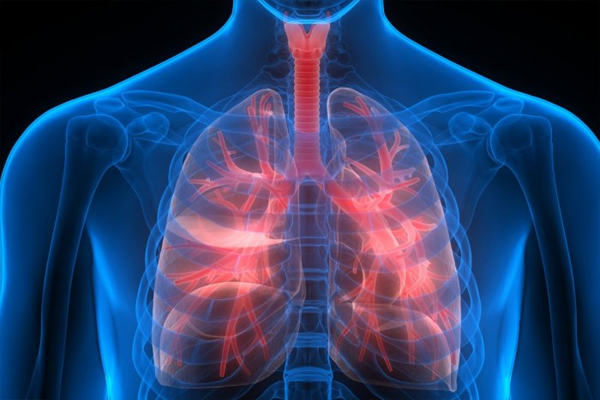

Respiratory Disorders

Chronic respiratory diseases are chronic diseases of the airways and other structures of the lung. Two of the most common are asthma and chronic obstructive pulmonary disease (COPD). The third most common problem is Sinusitis, which is the Inflammation of Mucous Membranes in the Nasal Sinuses.
1. COPD: COPD is a chronic respiratory disorder caused by long-term exposure to substances that irritate and damage the lungs. These substances include cigarette smoke and other inhaled pollutants. The two main types of COPD are chronic bronchitis and emphysema. In chronic bronchitis, inflamed airways constrict and generate excess mucus, making it hard to breathe. In emphysema, the alveoli in the lungs are damaged. This interferes with oxygen absorption, making the patient feel short of breath.
2. Asthma: Asthma is a chronic disorder involving soreness and swelling of the interior airway walls. It can be triggered by the inhalation of particles from the air. Physical activity or respiratory infections may also contribute. In an asthma attack, the inflamed airways become irritated during inhalation. Smooth muscles in the airway wall tighten, resulting in bronchoconstriction (constriction of the bronchiole tubes) and excess mucus production. The narrow, obstructed airways restrict normal airflow into and out from the lungs. Asthma sufferers wheeze, cough, and have difficulty breathing during an attack.
3. Sinusitis: The paranasal sinuses are hollow, air-filled spaces in skull bones around the nasal cavities. Mucous membranes line the sinuses. They produce mucus that normally drains into the nasal cavities. Airborne allergens and viral or bacterial infections can inflame the mucous membranes. The inflammation blocks the sinus openings and prevents the mucus from draining. This is a common condition known as sinusitis.
We treat respiratory disorders with phyto-medicines and phytonutrients.
